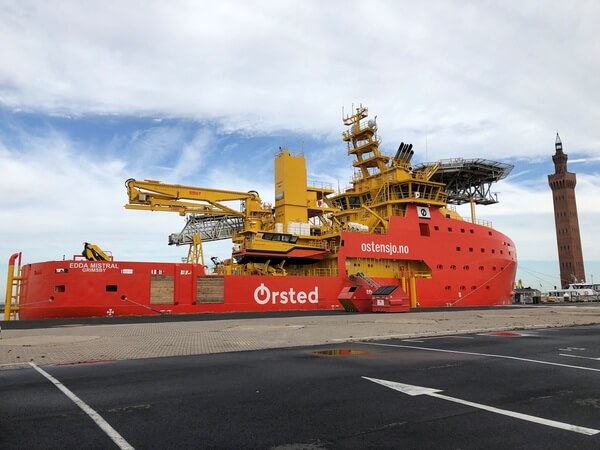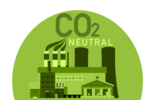News Release from windfair.net
Wind Industry Profile of
Ørsted: Supply Chain to Turn Green
Danish offshore wind farm developer Ørsted was recently voted the world's most sustainable company - and set standards in the process, because it's the first time ever that a company from the energy production sector was able to top this ranking.
The Danes have long been aware of their responsibility and have worked hard over the past decade to make the transition to a green energy supply company. The separation from their oil and gas division was followed by a gradual conversion of larger parts of the business to sustainability. As early as 2025, the company intends to operate in a completely carbon-neutral manner.
But Ørsted is now going further in asking its suppliers to make their operations environmentally friendly: The company aims to decarbonise its entire supply chain by 2040. Henrik Poulsen, CEO of Ørsted, is aware of the pressure they put on their supply chain: "It'll be challenging to reach a carbon neutral footprint by 2040, and it'll require significant innovation in all parts of our supply chain. Many of the green technologies to be used to decarbonise our supply chain exist but they're not yet cost competitive. With the 2040 target, we want to help drive the necessary innovation forward to mature the green technologies in the industries that supply to us."
While - thanks to the lobbying work of fossil energy producers - politicians around the world are still struggling to implement appropriate climate protection measures and persuade the economy on a large scale to switch to clean production, parts of the industry are now taking this work into their own hands. Since environmental awareness is increasingly determining the lives of many people, the economy can no longer free itself from it, as can be seen in the automotive industry, among others.
Ørsted has therefore now taken a close look at its supply chain and identified the biggest problems: Among the most CO2-intensive areas are the production of wind turbines, foundations, substations and cables, as these - among other materials - are made of steel, aluminium and copper, whose extraction and production is energy-intensive. The second largest source of emissions in the supply chain are fossil fuels used by the ships and vessels that transport and install offshore wind components.

The propulsion of many ships is not very environmentally friendly (Image: Ørsted)
"Reducing emissions in the renewable energy supply chain is a significant task. Businesses will need to collaborate across supply chains to cut emissions at the pace and scale demanded by science. We now reach out to our industry-leading suppliers to join forces to accelerate the global green transformation," announces Henrik Poulsen.
As a first step, Ørsted has developed a programme to help make the transition. The suppliers should:
- disclose their own emissions and set science-based carbon reduction targets
- use 100% renewable electricity in the manufacture of wind turbines, foundations, cables, substations and components
- optimise their current vessel fleet and develop a roadmap to power vessels with renewable energy
Ørsted's supply chain comprises a total of more than 22,000 suppliers, and the strategic suppliers covered by the programme account for 50 percent of total procurement expenditure. It is therefore a mammoth task - but one that is urgently needed. There is no Planet B!
- Author:
- Katrin Radtke
- Email:
- press@windfair.net
- Keywords:
- Ørsted, supply chain, CO2 emission, CO2, carbon-neutral, politics, econpmy, company, reduction, 2040, green technology, production

























